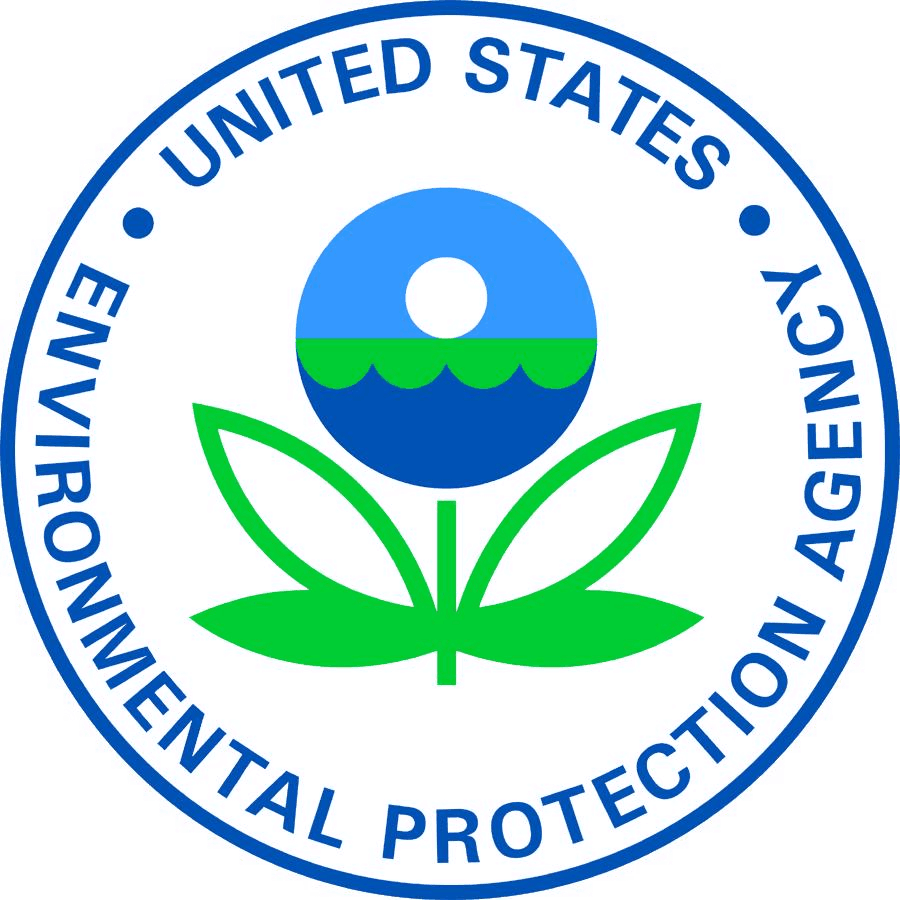NYT Pesticide Exposé Only Exposes Foolish Reporting

 Earlier this year, the Environmental Protection Agency rejected a petition from two environmental activist groups to ban the longtime, widely-used pesticide chlorpyrifos. Last week, the New York Times published an ostensible exposé on that decision by reporter Eric Lipton, but despite a lot of dark hints, the story exposes nothing new or noteworthy about the Trump Administration’s decision.
Earlier this year, the Environmental Protection Agency rejected a petition from two environmental activist groups to ban the longtime, widely-used pesticide chlorpyrifos. Last week, the New York Times published an ostensible exposé on that decision by reporter Eric Lipton, but despite a lot of dark hints, the story exposes nothing new or noteworthy about the Trump Administration’s decision.
The Environmental Protection Agency decision, announced by EPA Administrator Scott Pruitt last March, was wise, as I detail here, here and here. Nonetheless, Lipton maintains that emails the Times obtained via a Freedom of Information Act request show that the Trump EPA consulted with “the farm industry” in making this decision, as if that’s a shocking revelation.
Lipton’s article attempts to develop a narrative that suggests Trump employees basically colluded with industry to deny the petition even though agency staff disagreed based on the science. Supposedly, EPA staff had strong science indicating the chemical causes developmental problems among children. But that’s not true and there’s no real substance to his story.
To make his case, Lipton refers to “the farm industry,” apparently thinking he will get a bigger effect than simply calling them by what they are: farmers. It’s quite comical.
Lipton reports:
At a March 1 meeting at E.P.A. headquarters with members of the American Farm Bureau Federation from Washington State, industry representatives pressed the E.P.A. not to reduce the number of pesticides available. They said there were not enough alternative pesticides to chlorpyrifos. They also said there was a need for “a reasonable approach to regulate this pesticide,” which is widely used in Washington State, and that they wanted “the farming community to be more involved in the process.”
According to the documents, Mr. Pruitt “stressed that this is a new day, a new future, for a common-sense approach to environmental protection.” He said the new administration “is looking forward to working closely with the agricultural community.”
Lipton also notes in passing: “Three days before Donald J. Trump’s inauguration, Dow Chemical had separately submitted a request to the agency to reject the petition to ban chlorpyrifos.” Lipton apparently tosses in this line in to make the reader conclude that somehow manufacturers had unfair influence in the decision and maybe they are part of this so-called evil “farm industry.” But of course, pesticide manufactures are likely to oppose bans of their products, and they a have right to express that opinion. And there’s certainly nothing evil about being in an industry designed to help feed the world. Quite the contrary.
And who cares? It’s no secret that federal agencies seek input from outside sources when making important decisions. Like it or not, our system of government allows people to interact with regulators and other policymakers through meetings, public comments, or petitions. The left likes to refer to such individuals as “stakeholders,” and they never seem to have any problem with stakeholders on the left.
It may be true that some EPA staff were at odds with the Trump political appointees on this decision, but those employees did not have a good scientific justification for their position, nor were they elected to make such policy decisions. Agency staff based their proposal to ban the chemical on a single study, despite decades of research that supported registration of the chemical as safe. The agency’s own Science Advisory Panel—which is composed of scientists who review agency pesticide risk assessments—told EPA staff in March 2016 that the study contained many flaws, and reliance on it for regulation was “premature and possibly inappropriate.” But the Obama EPA released a risk assessment last November based on that study, attempting to justify the ban with junk science.
Accordingly, Administrator Pruitt was right to go against what some staff may have wanted, and as a representative of an elected official, he has that right. Ultimately, these are policy decision that only elected officials and their appointees have the right to make.
Surely, it’s crucial to be certain that products are safe to use, and in this case, the long-standing science supported chlorpyrifos safety when used according to legal guidelines. In addition, EPA should also consider the impacts of the regulations to ensure they don’t do more harm than good. In this case, that requires consideration of how a pesticide ban would impact agricultural productivity and food prices and availability. Who would know more about that than farmers? As Lipton’s article details, farmers need chlorpyrifos because there are few alternative products left to fight crop-destroying insects.
EPA’s excessively stringent regulations have banned many products, and the heavy regulatory costs deters investment in replacement products. That makes farming more difficult and more expensive, which means we all end up paying higher prices for food. But Lipton never addresses these important realities.
Finally, Lipton also suggests there is something sinister about Trump officials at EPA coordinating their announcement about chlorpyrifos with Trump officials at the Department of Agriculture. But again, who cares? Like it or not, they are part of the same administration, which was elected to make these decisions. It’s no surprise that an agency that focuses on agriculture would oppose a misguided pesticide ban, and there’s nothing wrong with political appointees at one agency coordinating comments and including them in a joint press statement. It happens all the time.
Nothing in the New York Times story is all that revealing. But don’t expect this story to simply disappear, because it’s making the rounds among many other news outlets.
You can read more about this topic in my recently released paper, as well as an article recently posted on the Huffington Post.